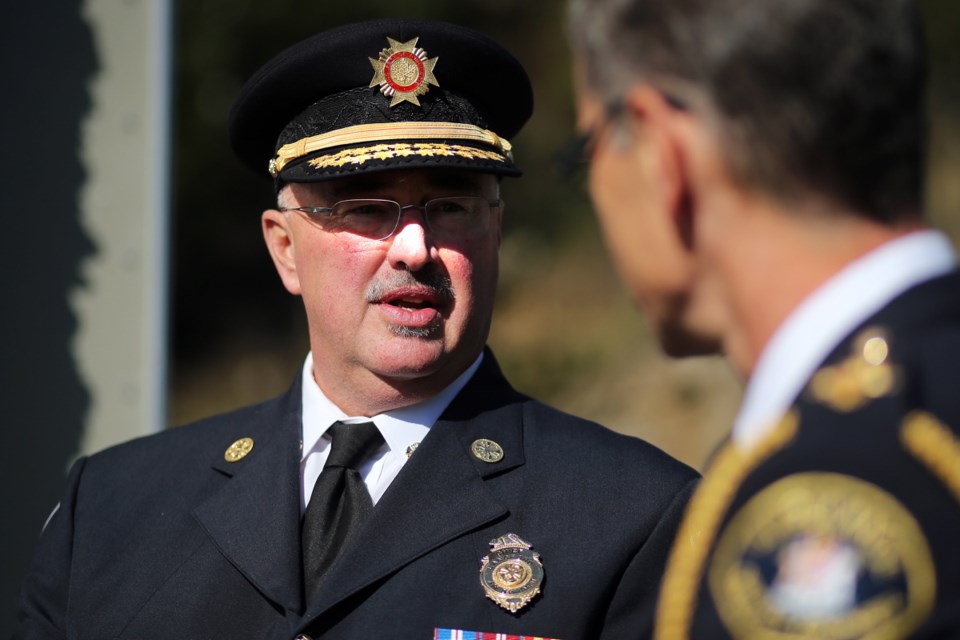As wildfires ravage northern British Columbia and Alberta, emergency personnel on the Island are reminding residents of the need to be prepared for the worst.
The capital region and surrounding area has already seen significant fires this year, said Langford Fire Chief Bob Beckett, with risk warnings coming earlier than usual in the season.
“The reality is that in most communities, most citizens are not personally prepared for an emergency,” said Beckett, who is also Langford’s emergency program co-ordinator.
Residents should prepare emergency kits that will sustain them for a minimum of 72 hours.
“There’s limited resources, so if we have a significant event in our community, there’s only so many resources we can provide. If you really want to help your community then you need to be prepared, yourself, to some degree,” he said.
Maegan Thompson, emergency program officer for the District of Saanich, recommended preparing for seven days, not just 72 hours, as well as preparing to evacuate on short notice with a grab-and-go kit. You can also prepare an emergency plan with your family, including out-of-area contact information and a family re-unification plan.
“Preparedness is a shared responsibility among citizens and all levels of government,” Thompson said.
Make your emergency contact someone out of province, Sooke Fire Chief Steve Sorensen said. And make sure rural driveways can accommodate fire trucks.
Victoria Fire Chief Paul Bruce recommended insurance to cover not only fire damage, but long-term evacuations.
“Basically the sky’s the limit in terms of how much preparedness people could take on a personal level. I think what needs to be recognized is the finite resources that are available to take care of all of us at the same time,” Bruce said.
ITEMS FOR AT-HOME EMERGENCY KIT
• Four litres of water per person, per day, plus pets (includes hygiene and cooking)
• Canned food, energy bars, dried fruit
• Can opener
• Wind-up flashlight and radio
• First-aid kit
• Special items (prescription medication, infant formula, pet food, etc.)
• Cash in smaller bills, candles, matches
Additional items for evacuation kit:
• Memory stick with critical documents like home insurance
• Official identification
HOW TO REDUCE SPREAD OF WILDFIRE ON YOUR PROPERTY
Up to 10 metres from house:
• Create a fuel-free space
• Remove shrubs, deadfall and trees
• Ensure grass is mowed and watered
• Wood piles and propane tanks should be moved away from vegetation
• Build roof with fire-resistant material
• Ensure roof and eavestroughs are clean of combustible debris, overhanging trees and vegetation
10 to 30 metres from house:
• Reduce fuels by thinning and pruning vegetation and trees
• Space trees so crowns are three- to six-metres apart to prevent fire from jumping
• Remove “ladder fuels,” like deadfall and thick shrubs that would allow fire to spread from ground to forest canopy
• If planting new trees, choose deciduous species like aspen, poplar and birch, which have low flammability rate
30-plus metres from house:
• Thin out trees and vegetation so fire will spread at slower rate
• Thin out trees and shrubs below tree canopy, keep trees spaced apart, retain fire-resistant deciduous trees



